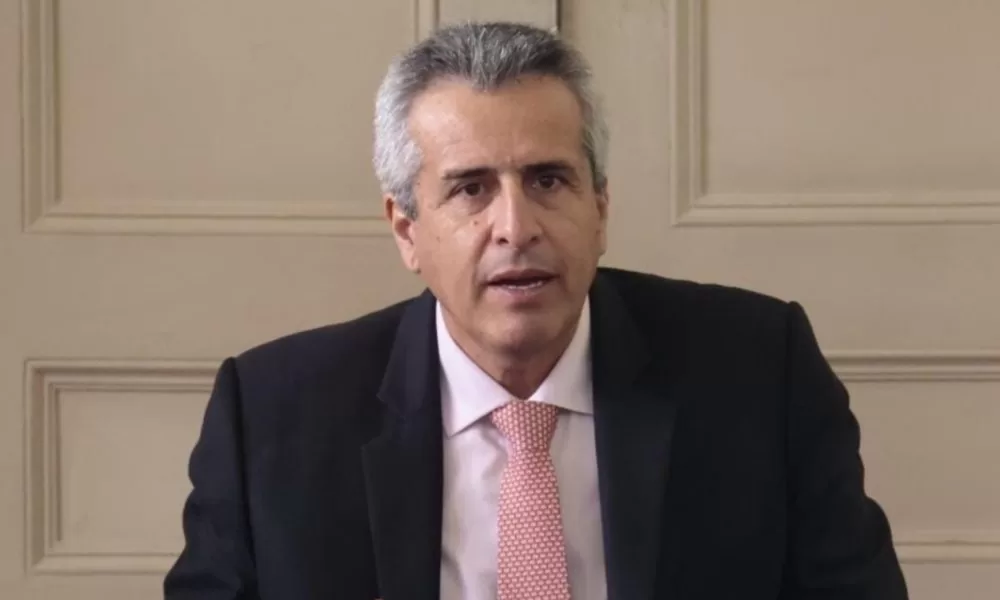The world’s large central banks hurried to announce this weekend the formation of a global liquidity network, which will ensure the provision of dollars to entities that need it. This, together with the purchase of Credit Suisse by its Swiss rival UBS, should bring the markets out of “panic mode”. On the rebound, Argentina could benefit from a relief in the bond market and a reduction in country risk.
Argentine debt was much more punished compared to emerging markets. The loss in March already reaches 20%, against the 10% suffered by the latter. As a consequence, most of the titles fell back below USD 30, more similar to the prices of a country in default than one that is paying its debts, as is currently the case.
Something similar happened with shares. It is understandable, since investors preferred to get out of the riskiest assets first. On the other hand, many took the opportunity to take profits after a strong rally in the last few months. YPF’s share, for example, had quadrupled in six months, going from USD 3 to USD 12, although now it returned to levels of 9 dollars.
The trembling that American banks experienced after the fall of Silicon Valley Bank reminded many of the crisis unleashed by mortgages subprime and the fall of Lehman Brothers in mid-2008. For this reason, the US Federal Reserve hastened measures to avoid a contagion effect not only among US entities but also in the rest of the world. It was not for less: the bank that was in 16th place by size was melted in just 24 hours before a record withdrawal of deposits, of the order of USD 42,000 million.
If there is relief from the financial crisis that broke out in the world after the fall of SVB and the collapse of Credit Suisse, there will be a positive impact for the Argentine economy, but it will be marginal.
A greater calm in the markets does not harm Argentina, but neither will it avoid any of the hardships that await it this year, at least from an economic point of view. Not even the possibility of a lower rate hike in the US, largely as a consequence of this crisis, is something that will come to be felt in the activity of companies or local pockets.
The strict exchange rate and the almost total absence of international investment mean that Argentina is practically isolated from the economic world and especially from the financial world. This means that a crisis like the one unleashed in developed markets only has a marginal effect.
On the other hand, the economic year will be dominated by three strictly local factors: the historical drought with the consequent lack of dollars, the high inflation (which threatens to exceed that of 2022) and the expectations that a change of government may arouse from the presidential election. The latter, however, would come much later in the year.

The impact that the loss of no less than USD 20,000 million of the next harvest will have is still being measured, because it is much worse than what was projected by analysts and the next government just 30 or 45 days ago.
For now, the economy would have a floor of 3.5% drop, a level not seen since 2009, when the country suffered another drought of great proportions. Private consumption, which last year had held up even in the midst of price increases, would now fall 4%. Inflation will not let up either and will hit the pockets of low-income families. The 11.7% increase in the food basket is a severe blow to the already high levels of poverty suffered by the country.
The Central Bank accumulates in March an intervention that already cost USD 900 million. Net reserves would continue to fall for the remainder of the year, to the point that it will be very difficult to meet the new accumulation target agreed with the IMF. According to reports, by the end of the year the Central should have some USD 10,000 million, but at this rate it is very unlikely that it will achieve it. In any case, it will be up to the next administration to deal with the Fund and reach a new agreement, which would be the starting point for a totally different government plan from the current one.
Keep reading:

